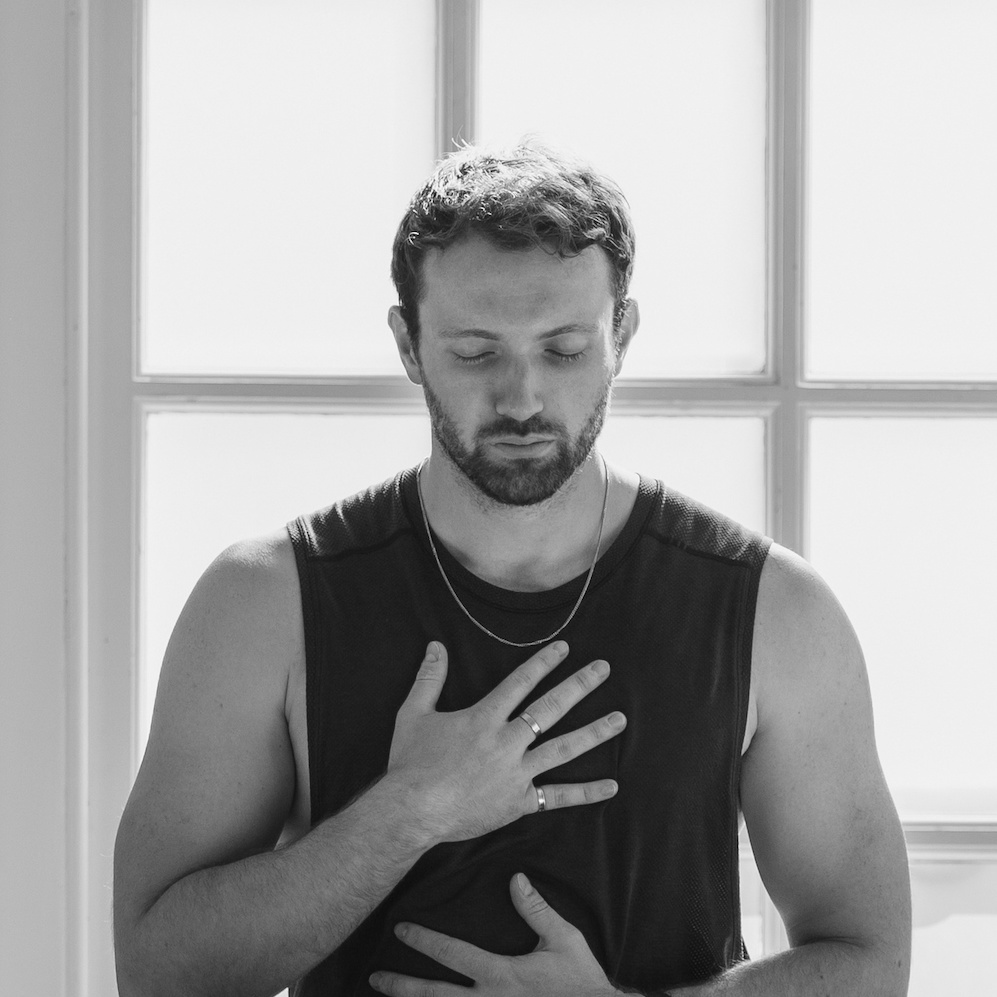The Basics of Breathwork

How we breathe is intricately and innately linked to almost every process in our bodies. Whilst on the surface breathing may seem simple, unconscious and natural, the way in which we breathe can have a profound effect on how we think and feel, physically, mentally and emotionally. That means it can help manage some of the symptoms of menopause.
Your Autonomic Nervous System (ANS) governs your body’s major automatic functions, such as heart rate, digestion, metabolism and of course, your breathing. However, the breath is unique as a part of this system, as it’s the only part that we also have conscious control over. In this way, the breath has the ability to act as a remote control that has the power to shift your nervous system state in whichever way you choose.
The ANS is made up of two branches, the Sympathetic (fight/flight/freeze) and the Parasympathetic (rest/digest). Breath has the power to move us efficiently into either branch, depending on what it is we need at any given point. Think of your breath as being both the accelerator or brake pedal for your nervous system – it can bring you a sense of calm, balance and relaxation or increase energy, focus and concentration.
While both of these branches of the nervous system play an important role, for the majority of people nowadays and particularly through mid life, the key area of focus should be on increasing activity in the Parasympathetic branch. This will help reduce stress and anxiety and give our minds and bodies the chance to properly rest, restore and recover.
So how exactly can you use your breath to find this sense of calm and balance?
First, it’s important to get to grips with the basics of functional breathing - how are you breathing day to day, moment to moment, how are you breathing right now? How you breathe naturally and unconsciously can tell you a lot about the state of your nervous system, body and mind.
The optimal resting breath is light, slow and deep through the nose. Breathing gently, slowly and using your diaphragm allows your nervous system to find an optimal state of calm and balance and will give you the best starting point from which to approach life.
Second, through simple breathing practices you can switch off more effectively and get the proper rest that you need, allowing you to achieve a truly relaxed state-of-mind.
One of the easiest ways to activate your rest and digest response is by making your exhale longer than your inhale, for example, breathing in through your nose for a count of 3 and exhaling through your mouth slowly for a count of 6.
Another great exercise to try is Box Breathing - inhale through your nose for 4, hold for 4, exhale out of the nose for 4 and hold for 4. Repeat both of these for as long as you need and notice your mind and body thanking you for allowing them to really relax as your heart-rate begins to slow and thoughts become just that little bit clearer.
When it comes to your breath, it doesn’t need to be complicated - starting with the basics and being consistent can have a huge impact on your quality of life.

Stay up to date with the latest menopause news by signing up to our mailing list
Newsletter Sign-up (popup)
Stay up to date with the latest menopause news